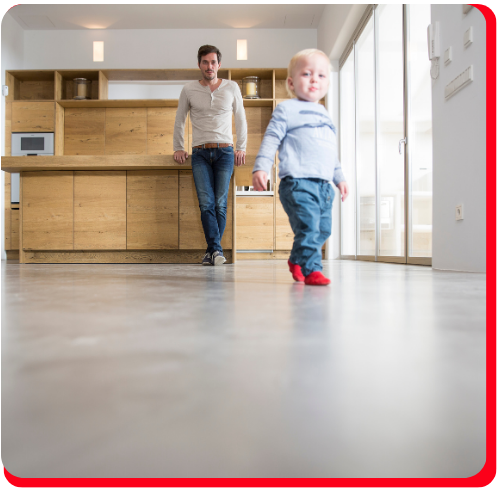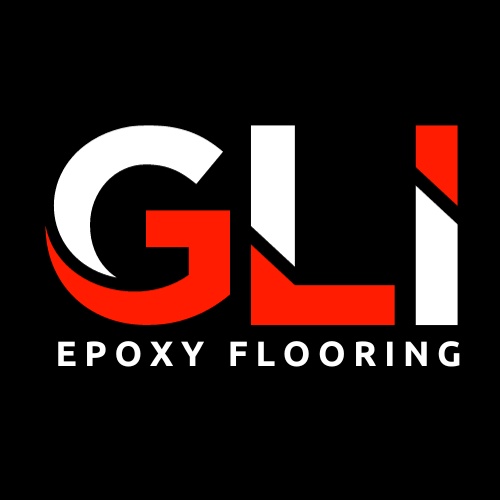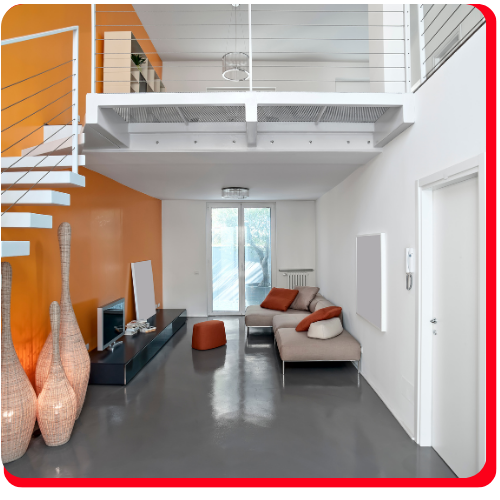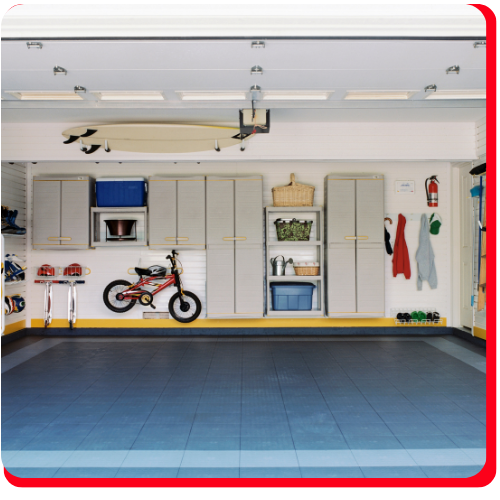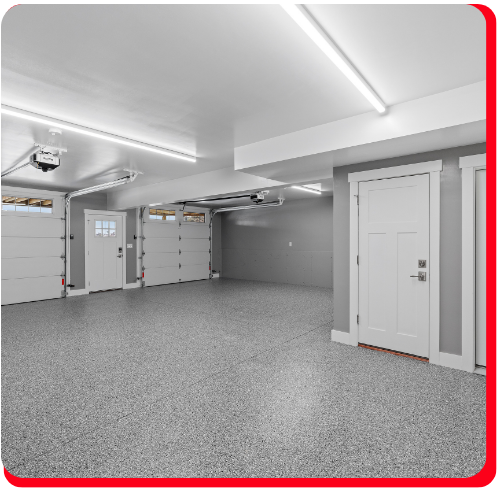Why Homeowners Trust GLI Epoxy Flooring Solutions
🛠️ Garage & Basement Specialists: We’re not just epoxy contractors—we’re residential flooring pros who understand how to make epoxy floors both practical and beautiful for your home.
🌧️ Moisture-Proof & Durable: Toronto homes deal with cold winters, slush, salt, and humidity—our systems are designed to handle it all.
🎨 Stylish Finishes Available: Choose from flake systems, metallic finishes, solid colours, and custom textures to match your style.
🧼 Easy to Clean: Our epoxy floors are seamless and stain-resistant—just sweep and mop for a clean, modern look.
